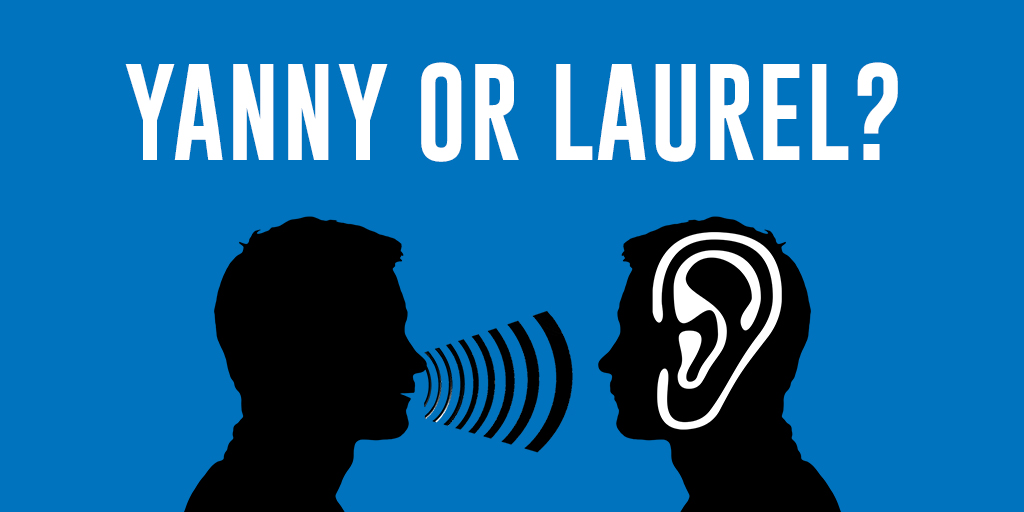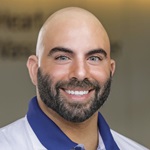Mixed Signals: What Did You Hear?

Find Your Perfect Match
Answer a few questions and we'll provide you with a list of primary care providers that best fit your needs.
Did you hear Yanny or Laurel?
That’s the first question Premier Health Now asked Fadi Tayim, PhD, Division Chief of Neuropsychology with the Premier Health Clinical Neuroscience Institute.
But more than wanting to know what he heard when he clicked on the Vocabulary.com audio clip that’s rocked the internet, Premier Health Now wanted to hear Dr. Tayim explain why people are split over what they heard.
Numerous theories are floating around, but Dr. Tayim boils it down to four primary factors that are interrelated. And relax: None of them raises medical concerns, he says, no matter what you heard.
- Your natural predisposition for sound frequencies. “People have a predisposition towards hearing higher or lower frequency sounds,” Dr. Tayim explains. “And this tends to change with age.” “Yanny” falls in the higher frequency range. “Laurel” in the lower range.
- The quality of equipment. “What speaker you’re listening through, whether it’s your car or high-quality headphones, or cellphone or computer speakers.” This can affect sound quality and frequency.
- Focus on parts of sounds. “Some people pay attention to the beginning part of a sound, like ‘Ya’ or ‘La.’ They have very similar frequencies. But others tend to focus more on the middle or end sounds of words,” Dr. Tayim says. “Each of those have different frequency ranges.”
- The visual-auditory connection. “Seeing words actually queues auditory pathways in the brain,” Dr. Tayim explains. “If you read ‘Yanny’ and ‘Laurel,’ as the options you’re supposed to choose from, our auditory pathways are already queued up to expect certain sounds based on what those words are.” Dr. Tayim explains. “If you read, ‘Yanny,’ in your mind your voice is reading, ‘Yanny’ to you silently, or ‘Laurel’ is reading to you silently.”
Find Your Perfect Match
Answer a few questions and we'll provide you with a list of primary care providers that best fit your needs.
Source: Fadi Tayim, PhD, Premier Health Clinical Neuroscience Institute; New York Times




